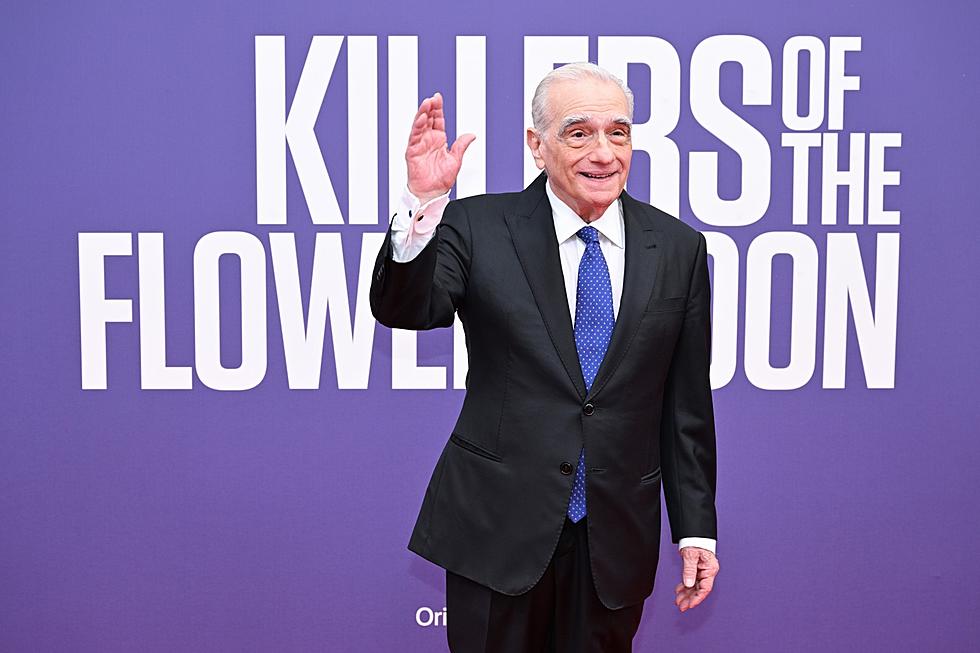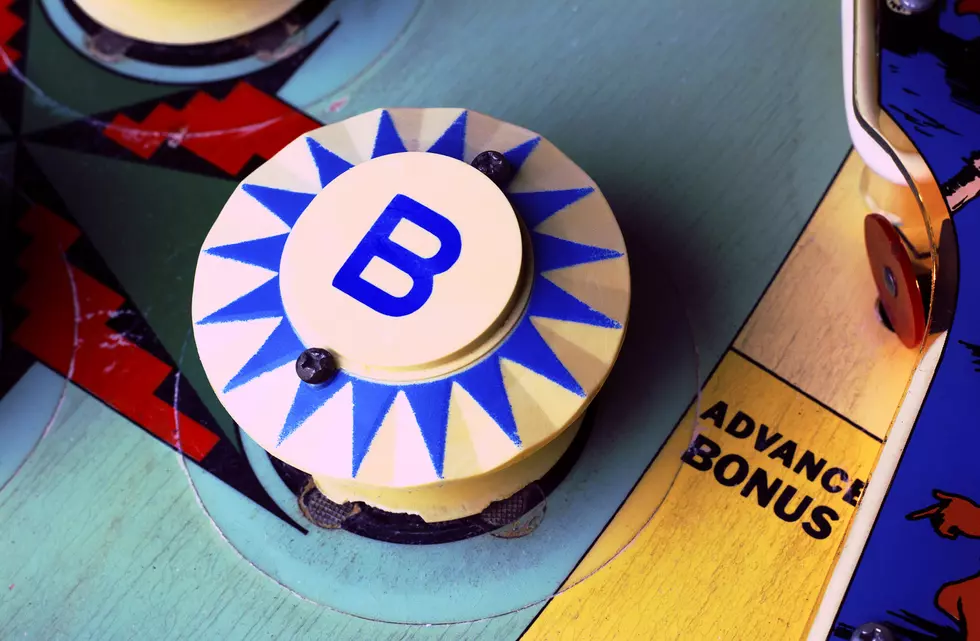
Martin Scorsese Says ‘Killers of the Flower Moon’ Began with South Dakota Visit
For the last six decades, legendary director Martin Scorsese has provided us with more of the most memorable moments in movie history.
From Taxi Driver in the 1970s, Raging Bull and The Last Temptation of Christ in the 1980s, Goodfellas and Casino in the 1990s, Gangs of New York and The Departed (which got him his one and only Academy Award for Best Director) in the 2000s, and The Wolf of Wall Street and The Irishman in the 2010s, Scorsese's films have taken in more than two billion dollars at the box office.
Scorsese's latest blockbuster is Killers of the Flower Moon, co-starring Robert DeNiro and Leonardo DiCaprio, which tells the story of a series of Oklahoma murders in the Osage Nation during the 1920s, committed after oil was discovered on tribal land.

Even though Scorsese has been working on the project since 2016, his interest in Native American causes actually dates back to the mid-1970s and involves a visit to South Dakota.
He provided the details in a recent interview with the British Film Institute,
'I was exposed to a very traumatic event, for me, back in ’74, spending a few days at Pine Ridge Reservation, with the Oglala Lakota Sioux, in South Dakota. And I was shocked, to see the conditions and to understand what was going on, and it turned out to be a very difficult experience. I’ve never forgotten it. There was a possibility of me doing something on film, on the story of Wounded Knee [the site of the massacre of more than 250 Lakota people by US Army soldiers in 1890]. But I had just made Mean Streets, and I was not ready for any of this. I didn’t understand it, and I didn’t know how to react. So that didn’t work out. It was a very, very sad situation for me… how I felt about it, and it woke me up, in a different way. Don’t forget, I’m coming out of the civil rights movements in the early 60s, which woke me up from, you know, living in a little community in the Lower East Side where there were no other races…
And so that stayed with me, and I said, “But how can people be suffering in such a way, right here?” And they’re presented in our culture as “Everything is fine.” In fact, as comic figures. I said, “This isn’t funny”… and I didn’t know what to do.
And then I had some more personal issues, I collapsed and then came out of it with Raging Bull [1980]. But while I was doing that, I had a chance to meet a Native American poet, a prophet of some kind. Raging Bull was a story of, in a sense, being born again, with all the religious implications of that too. This poet, he looked at me and said about my time in the hospital, “You died. Now you’re alive again. Think of us, of this time, whenever you need the power to feel strength or confidence, think of me.” And it’s not supernatural, mystical. There was something that he saw.
And so those two things were in my head for years – in my life, I should say. And I think that’s one of the reasons I stayed with the project. I knew there was something special there about how they viewed life. And I also was, as I say, traumatized by what happened in the mid-70s.'
Killers of the Flower Moon made $44 million at the box office during its opening weekend and will eventually be released on Apple TV+.
LOOK: States with the most drive-in movie theaters
Gallery Credit: Aine Givens
25 Scaredy Cat-Approved Halloween Movies
LOOK: TV Locations in Every State
More From KYBB-FM / B102.7









